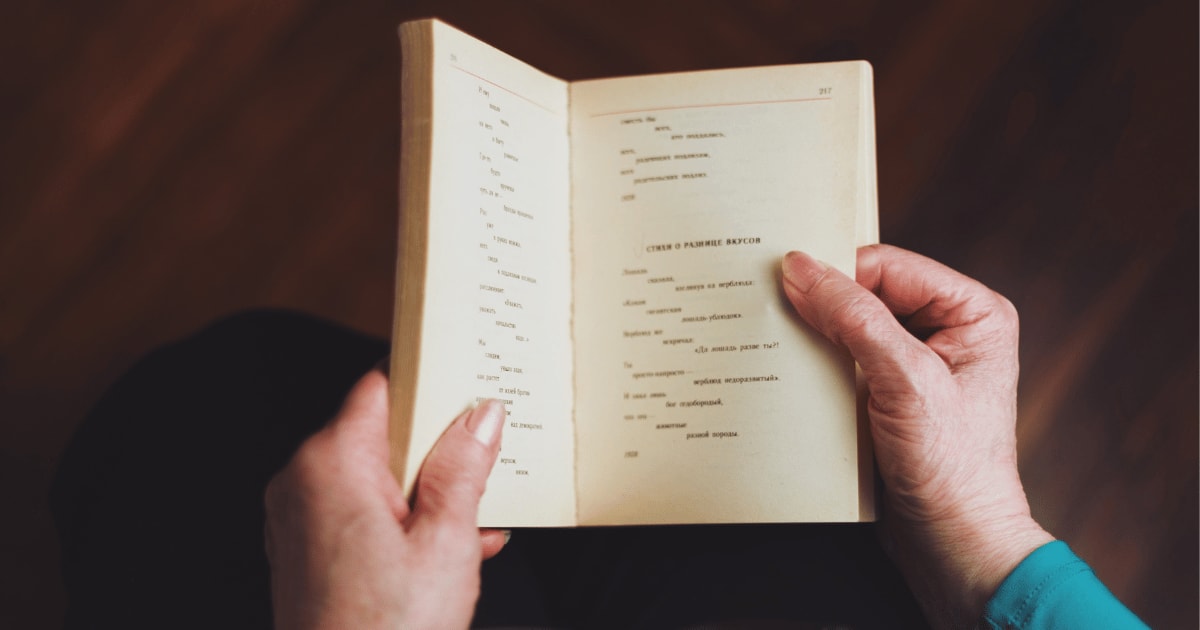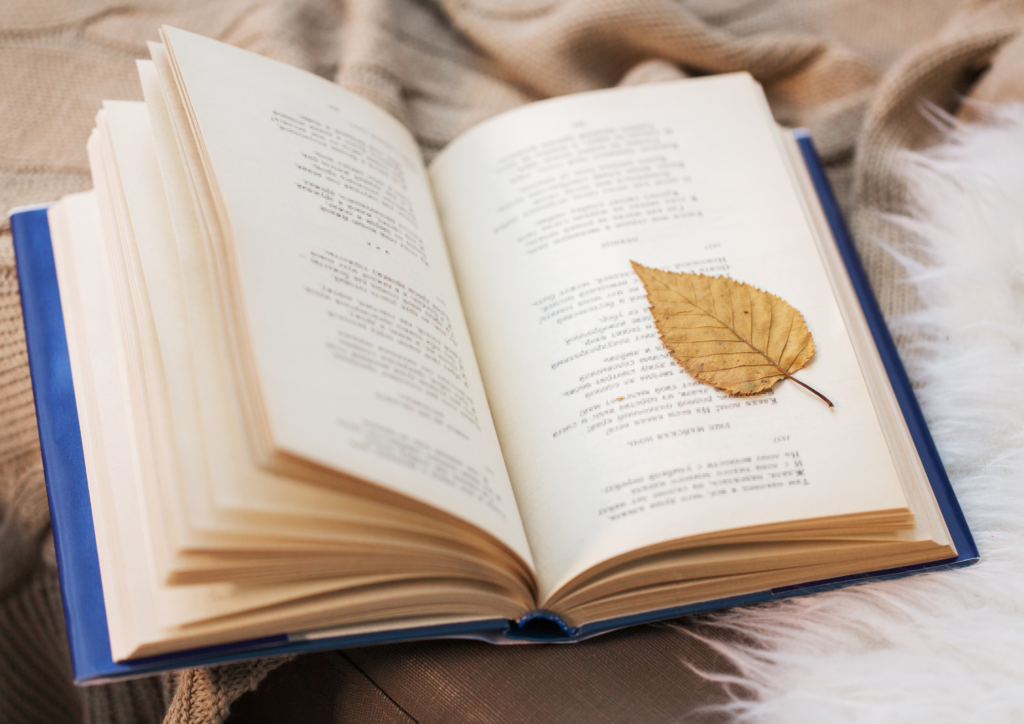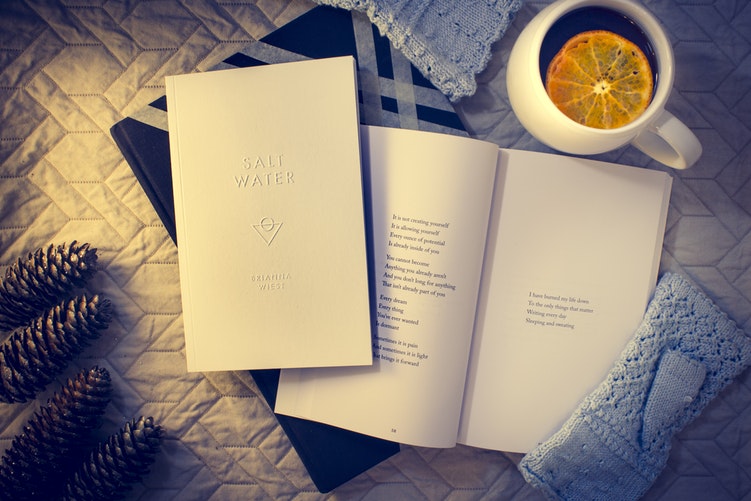

Poetry 02: Explore Poetry and Forms
Poetry has been a form of artistic expression for centuries, tracing back to ancient civilizations. Through the ages, poets have woven words into intricate tapestries of emotions, thoughts, and experiences. In this blog post, we’ll embark on a journey to explore the world of poetry, its various forms, and the poetic devices that make it captivating.
- Overview of Poetry:
Poetry’s existence spans millennia, with early forms appearing in ancient civilizations like Mesopotamia and Egypt. Poets craft words with precision, rhythm, and meaning, often using metaphors and similes to evoke emotions. In today’s world, poetry remains relevant, offering a unique way to communicate complex feelings and ideas. It plays a vital role in literature, contributing to the exploration of human experience
Read also: POETRY 01: Learn About Poetry Different Types of Poems and Poetic Devices With Examples
- What is Poetry?
At its core, poetry is a literary form that uses language to convey emotions, ideas, and images in a condensed and evocative manner. It often employs rhythm, rhyme, and other structural elements to create a memorable impact on readers. - What is Meter in Poetry?
Meter refers to the rhythmic pattern of stressed and unstressed syllables in a poem. It establishes a cadence that enhances the poem’s musical quality and influences its tone. For example, iambic pentameter follows a pattern of alternating unstressed and stressed syllables, creating a natural flow. - What is Stanza?
A stanza is a group of lines within a poem, acting as a unit similar to a paragraph in prose. It often follows a specific rhyme scheme and contributes to the poem’s overall structure and rhythm. - What is Rhyme and Rhyme Scheme?
Rhyme is the repetition of similar sounds in words, often occurring at the end of lines. Rhyme scheme is the pattern of rhyming words within a poem. For instance, in an ABAB rhyme scheme, the first and third lines rhyme, and the second and fourth lines rhyme.
- 15 Poetic Forms:
a. Blank Verse: Unrhymed lines with regular meter, often used in Shakespearean plays.
Free Verse: No strict rhyme or meter, providing artistic freedom.
b.Rhymed Poetry: Uses rhyme to create a musical quality.
c. Elegies: Poems that mourn the dead or reflect on serious themes.
e. Narrative Poetry: Tells a story with poetic elements.
f. Haiku: A traditional Japanese form with 3 lines and a syllable pattern.
g. Sonnet: A 14-line poem often exploring themes of love and beauty.
h. Pastoral Poetry: Idealizes rural life and nature.
i. Ode: A tribute to a person, object, or idea.
j. Limerick: A short, humorous poem with a distinct rhyme scheme.
k. Ballad: Tells a story in a simple and rhythmic manner.
l. Soliloquy: A monologue expressing the inner thoughts of a character.
m. Lyric Poetry: Expresses personal emotions and feelings.
n. Epics: Long narrative poems recounting heroic deeds and adventures.
o. Villanelle: A structured poem with specific rhyme and repetition patterns.

- What is Imagery in Poetry?
Imagery uses vivid descriptions and sensory details to evoke a mental picture in the reader’s mind. It appeals to the senses, allowing readers to connect deeply with the poem. - Free Verse vs. Blank Verse Poetry:
Free verse has no strict structure, while blank verse has regular meter but lacks rhyme. Both forms offer unique ways to convey emotions and ideas. - What is Mimesis in Poetry?
Mimesis refers to the imitation of real-life experiences and emotions in poetry. It helps readers relate to the content and connects the poetic world with their own experiences. - What is Onomatopoeia in Poetry?
Onomatopoeia uses words that imitate natural sounds, enhancing the sensory experience and creating a stronger connection between the words and their meanings. - Dissonance, Consonance, and Assonance:
Dissonance uses harsh or jarring sounds to convey tension, while consonance and assonance involve repeated consonant or vowel sounds to create a musical quality and enhance the mood of the poem. - What is Enjambment in Poetry?
Enjambment occurs when a sentence or phrase runs beyond the end of a line or stanza, encouraging readers to continue without pause. It can create a sense of movement and energy in the poem. - What is Alliteration in Poetry?
Alliteration is the repetition of initial consonant sounds in nearby words. It adds rhythm, musicality, and emphasis to the poem, making it memorable.
Do you love love poems? Check out this one here
In conclusion, poetry is a timeless art form that continues to captivate and inspire. Through a variety of forms and poetic devices, poets craft intricate worlds of emotion and thought, inviting readers to experience life’s complexities in a uniquely profound way. By understanding the elements that make up poetry, we can appreciate the skill and creativity behind these beautifully crafted works.